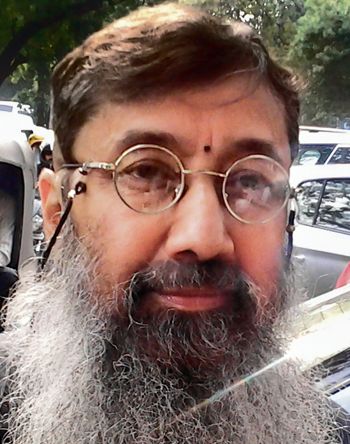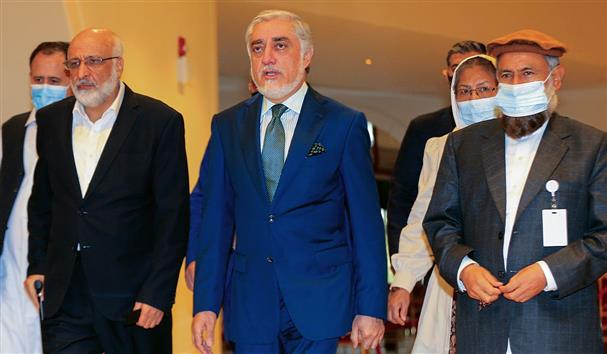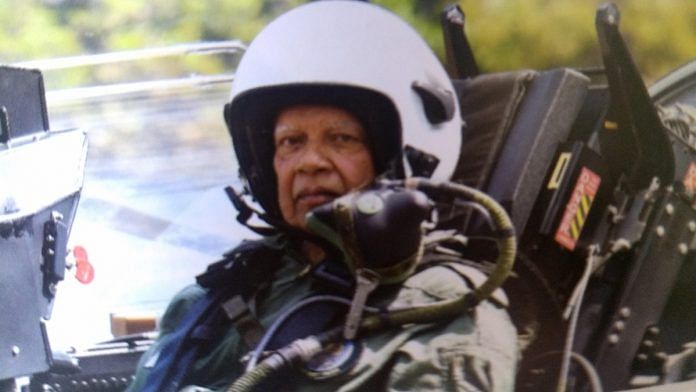
The regiment has been deployed in every conflict since Independence and is the army’s emergency rapid response team
by Sandeep Unnithan
New Delhi: In the afternoon of December 11, 1971, Brigadier Abdul Qadir Khan and his officers stood on the veranda of the white Circuit House in Tangail, a town 78 km north-west of Dacca. It was a week after the Indian Army’s ‘race to Dhaka’ had been launched, a three-pronged ground offensive to capture the capital of East Pakistan. A Pakistani flag fluttered atop the building. Khan, the 93 Brigade commander and his officers were, in the words of Major Siddique Salik, ‘waiting for some bright idea to come. What came instead, were enemy aircraft, which started dropping men and machines.’
There was dismay as the skies darkened with the silhouettes of IAF An-12s, C-119s and Caribou. As a piece of equipment descended beneath its parachute, an officer exclaimed, ‘My God! That looks like a 3.7-inch howitzer!’ The officers watched as the 2nd battalion of the Indian Army’s Parachute Regiment, over 1,000 paratroopers led by their CO Colonel Kulwant Singh Pannu, carried out a textbook parachute landing. Later that evening, 2 Para linked up with the advancing 1 Maratha Light Infantry to cut off the 93 Brigade’s retreat towards Dhaka. Five days later, the entire East Pakistan military garrison surrendered to the Indian Army, as recounted in minute detail by Lt General A.A.K. Niazi’s public relations officer Major (later Brigadier) Salik, in his 1977 book, Witness to Surrender.
On August 13 this year, the 50th Parachute Brigade displayed its air-dropped jeep-mounted anti-tank units, artillery pieces and paratroopers at its home base in Agra. Present at the occasion were Lt General Yogendra Dimri, GOC-in-C of the Central Command and Para Brigade commander Brigadier P.K. Singh. Seventy-five parachutists jumped from IAF aircraft to commemorate India’s diamond jubilee celebrations. Appropriately so as the parachute regiment has seen action in all of India’s wars. Raised in 1941, it was deployed during the 1947-48 Kashmir War, the 1961 Liberation of Goa, the wars of 1962, 1965 and 1971 and the Kargil conflict of 1999.
Several countries around the world have airborne forces— described as infantry units carried into the combat theatre by aircraft and air-dropped into battle zones. Few outside the five members of the UN Security Council have the vast aviation assets required to launch such special units into the theatre. The Indian Army’s Parachute Brigade relies on IAF C-17, C-130s and IL-76s for deployment in battle. The Brigade is the army’s smallest force, comprising all arms and services and completely optimised for air insertion. It can also be ground-inserted, or moved across the seas on troop transport ships giving the army a versatile force and an instrument of what an army officer describes as ‘lethality, survivability and mobility’.
The Para Brigade comprises three battalions of around 800 soldiers each, backed by BMP-2 Infantry Combat Vehicles, a field artillery regiment, anti-tank and air-defence units, a field hospital, army engineers, signals, ordnance and provost units. The Brigade is fully self-contained because they are designed to be inserted behind enemy lines and hold out until they are joined by the main body of troops. They are designed to be airlifted at a few hours’ notice, the reason why the army almost always reaches for them in an emergency. In 1988, when the Maldives was besieged by mercenaries, president Maumoon Abdul Gayoom dialled then Indian prime minister Rajiv Gandhi for assistance. The Indian Army flew the Para Brigade towards the atoll to repel the coup. During the Nepal earthquake on April 25, 2015, the Brigade’s field hospital and engineer company were the first foreign aid units to land in Kathmandu. Lt General P.J.S. Pannu (no relation), a former deputy chief of army staff, recalls picking up the phone and asking for the Para Brigade commander. “I asked for the 60 Para field hospital to be deployed immediately, in self-contained mode for 15 days.”
Looking ahead, the Para Brigade offers valuable lessons for the army. A modernisation plan currently under way will see army divisions being replaced with Integrated Battle Groups (IBGs)– brigade-sized formations with artillery and armour. These compact all-arms and services fighting units are key to the Army’s ‘Cold Start’ war fighting strategy. They are designed to swiftly launch cross-border assaults in hours as opposed to days and weeks. IBGs will replace the infantry division with 12,000 soldiers as the primary striking arm of its field formations. More than just an idea whose time has come, the Parachute Brigade could be an idea which never really went away.

























































































































